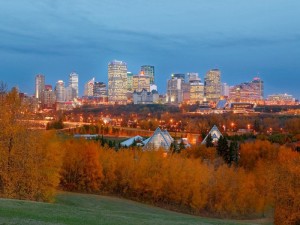 Edmonton Population
Edmonton Population
The current population of the city of Edmonton, the capital of the Alberta province, is estimated to be a little over 817,498, which is an increase of about 0.65% from the last record of the population. Edmonton is considered to be the fifth-largest urban area in the country of Canada and also the second-largest city in Alberta next to Calgary. Based on the total land area and the total population of the city, the population density of Edmonton is estimated to be about 3094 people per square mile.
Demographics of Edmonton
The median age of the population of Edmonton is about 36 years old. In fact, the city has a much younger population than the average Canadian city. Overall, the majority of the population of the city comes from European descent: English, Scottish, German, Irish, Ukrainian, Polish, and French. Also, about 72% of the population is white, 5% of the population is aboriginal, and the other 23% is considered to be visible minorities.
Religion in Edmonton
The religious culture of the city of Edmonton is fairly diverse. The largest denomination in the city is the Protestant denomination, which makes up about 31% of the population. The Roman Catholic Church makes up about 29% of the population. However, about 3% of the population is Muslim, 0.5% of the population is Jewish, and about 5% claim to be members of minority religions. Despite the largest Christian population in the city, the first mosque in the country was established in Edmonton.
Sports in Edmonton
The Edmonton Oilers have represented the city of Edmonton in the National Hockey League since 1979. In fact, one of the greatest hockey players of all time, Wayne Gretzky, played for the Oilers from 1979 to 1988. During his time with the Oilers, the Oilers won 4 out of the 5 Stanley Cup Championships that the team has won. The 5th Championship was won in 1990. Even though the city has a long-standing history of baseball, in fact, the longest baseball history in all of Canada, since 2012, the city does not have a baseball team. However, the Edmonton Rush represents the city in the National Lacrosse League and has done so since 2006.
15 Things to Do In Edmonton
 Edmonton Valley Zoo
Edmonton Valley Zoo
The Edmonton Valley Zoo was opened on July 1, 1959 with a declared vision to be a special place that inspires love and learning of animals and nature. The zoo is located on the banks of the North Saskatchewan River. Currently, there is a $50 million expansion project to help make the zoo even better. New areas as a result of the construction will include the Arctic Shores, the Wander Trail, and the New Entry Plaza.
Historical Population of Edmonton
The population during the first year that the city of Edmonton recorded the total population of the city was recorded to be about 178 people. Since then, the population has grown immensely and has only had a couple years of negative population growth. Over the course of these years, the population has grown from a city of 178 people to a city of almost 820,000 people.
| Year | Population |
| 1920 | 61,045 |
| 1925 | 65,378 |
| 1930 | 77,557 |
| 1935 | 82,634 |
| 1940 | 91,723 |
| 1945 | 111,745 |
| 1950 | 148,861 |
| 1955 | 209,353 |
| 1960 | 269,314 |
| 1965 | 371,265 |
| 1970 | 429,750 |
| 1975 | 451,625 |
| 1980 | 505,773 |
| 1986 | 571,506 |
| 1990 | 605,538 |
| 1996 | 616,306 |
| 2006 | 730,372 |
Other Resources
Learn more about Edmonton’s population using these resources.



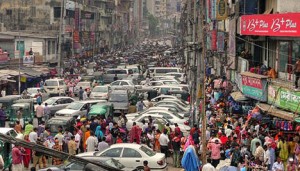 Dhaka Population
Dhaka Population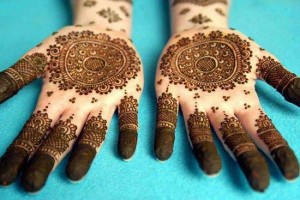 Festivals in Dhaka
Festivals in Dhaka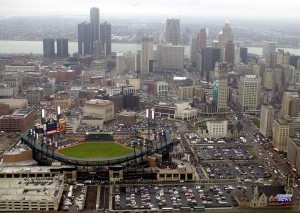 Detroit Population 2013
Detroit Population 2013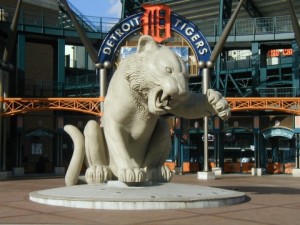 Sports in Detroit
Sports in Detroit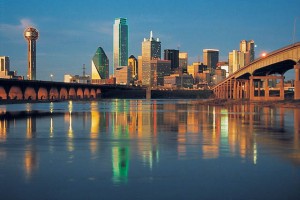 Dallas Population 2013
Dallas Population 2013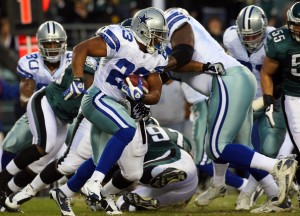 Sports in Dallas
Sports in Dallas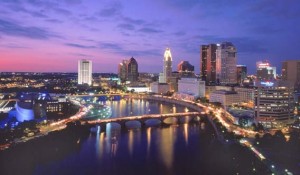 Columbus Population 2013
Columbus Population 2013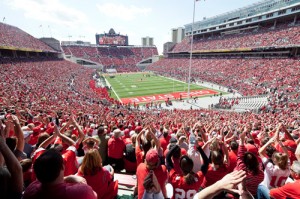 Sports in Columbus
Sports in Columbus